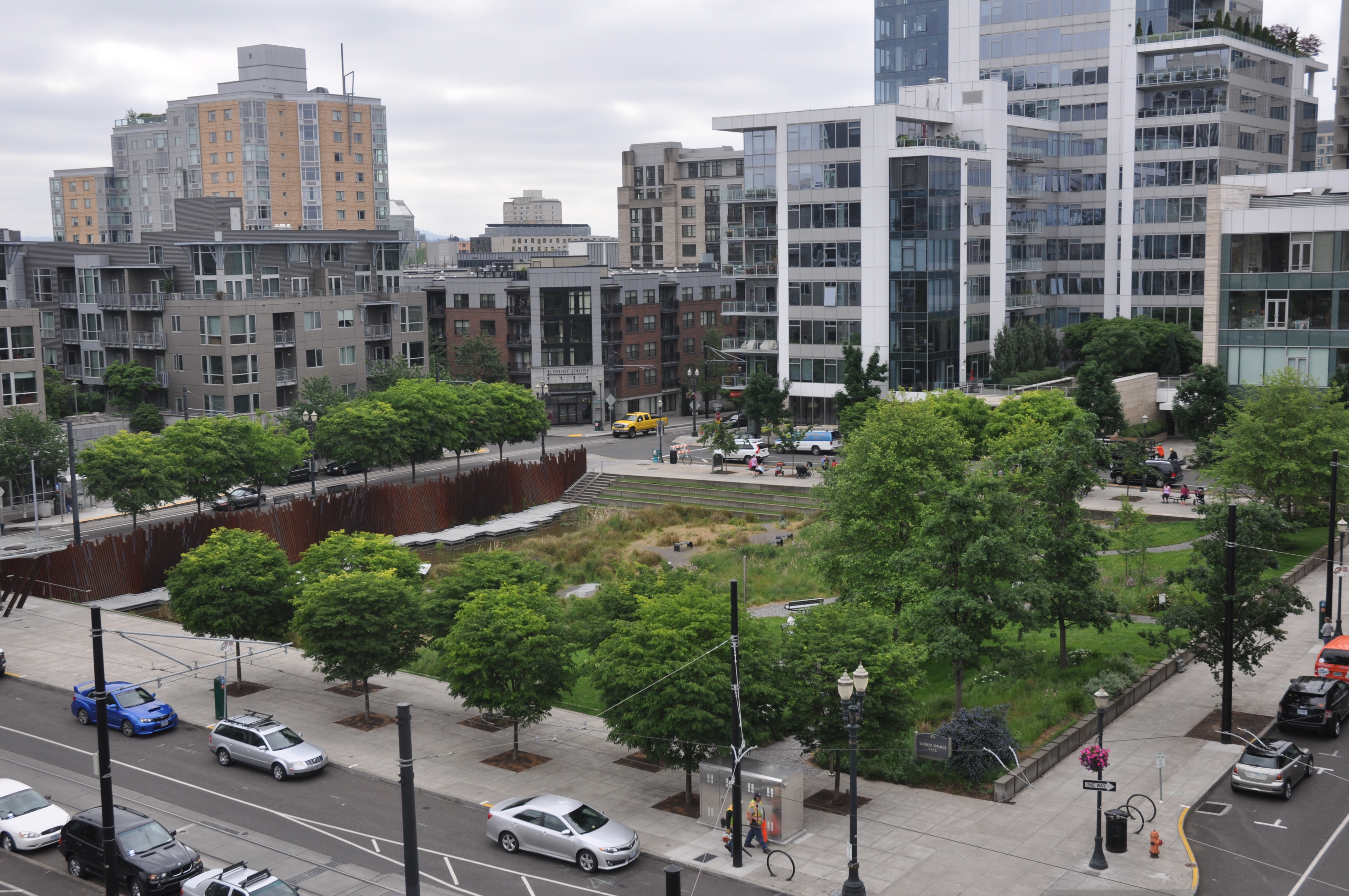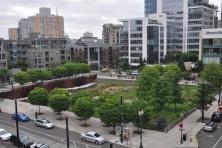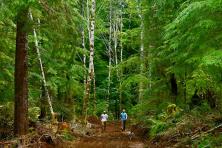Recently, I led a national workshop at the David and Lucile Packard Foundation entitled “The Benefits of Nature: Conserving Natural Capital and Ecosystem Services.” The two-day meeting brought foundation staff together from around the country to learn from invited experts, and one another, about how incorporating ecosystem services and considering natural capital values can enhance the effectiveness of environmental grant making.
One of our guest speakers was Mami Hara, Deputy Water Commissioner for the city of Philadelphia. Ms. Hara gave a fascinating description of her city’s Green City, Clean Waters initiative – a 25-year, $2 billion plan to address stormwater management and combined sewer overflows using green infrastructure. In particular, she emphasized the wide range of green infrastructure elements embodied in the plan, both natural areas and engineered features that must work together to optimize the water management services provided by them. She also made a point to illuminate the many ecosystem service co-benefits provided by that green infrastructure. Indeed, the innovative program was sold to decision-makers in part on the ability of green infrastructure to both meet regulatory stormwater obligations and to generate a wide array of co-benefits, including carbon storage, that further enhance urban sustainability and human well-being.
But a plan is only that, until financing is arranged and actions are taken to implement it. In this regard, Philadelphia is pushing the envelope as well. First, the city is doing everything it can to leverage existing infrastructure dollars by coordinating capital projects among public agencies, non-profit institutions, and private developers; and by taking advantage of every opportunity for the city or its partners to secure low-interest loans, federal tax incentives, and grants. Second, it is integrating green design requirements into city codes and policies. Any development of more than 15000 square feet triggers stormwater management requirements in building and site design. And third, it has instituted a widely applicable stormwater fee based on the amount of impervious cover on the particular parcel, and it offers a fee reduction for property owners who make changes to manage or reduce stormwater runoff.
The real innovation, however, is a new program intended to dramatically increase the pace and scale of green infrastructure investment in the city. Under this program, the Philadelphia Water Department will establish a pay-for-performance model for delivery of green infrastructure ecosystem services. As envisioned, a third party will raise the funds needed to produce a carefully planned and coordinated portfolio of green infrastructure projects. The up-front capital investment needed will be secured from private investors, commercial banks, or foundations and aggregated at the required scale. Investor risk will be minimized by the City’s up-front commitment to pay a fee for the ecosystem services generated.
Urban green infrastructure is increasingly seen as an effective way to meet regulatory obligations for control of polluted runoff or high stormwater flows, while also generating an array of ecosystem service co-benefits. These co-benefits significantly contribute to the livability of our metropolitan regions, and in the case of carbon storage, help respond to the urgent need to drive down CO2 concentrations in the atmosphere. A variety of tools are available to push increased use of green infrastructure in our cities – including regulation, site design standards, fee programs, and incentive based payment schemes. It’s high time we put them to work.



